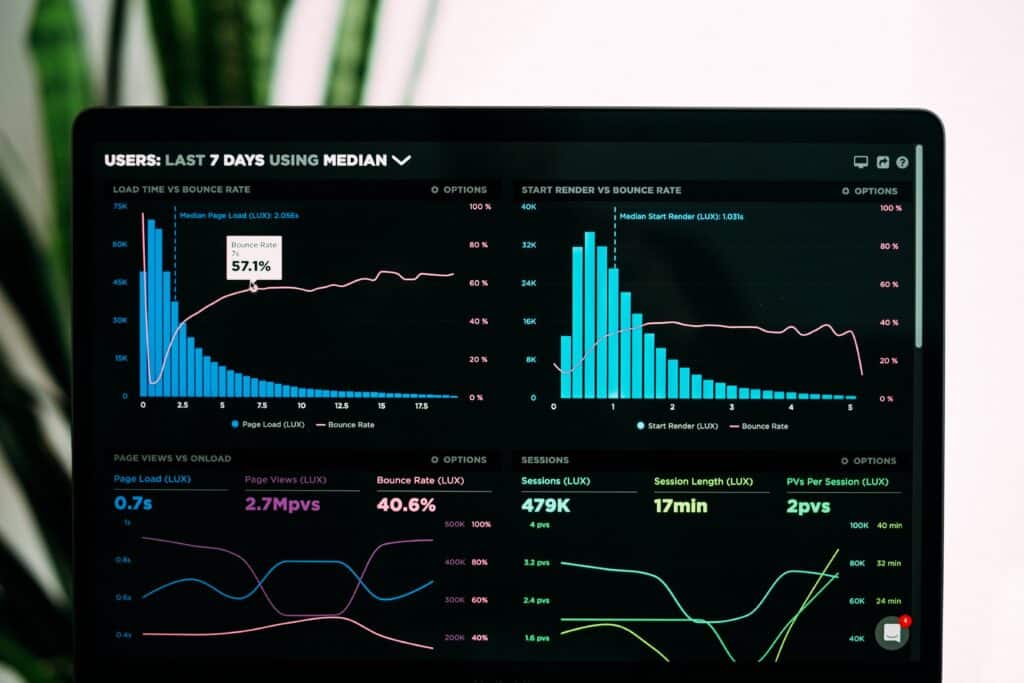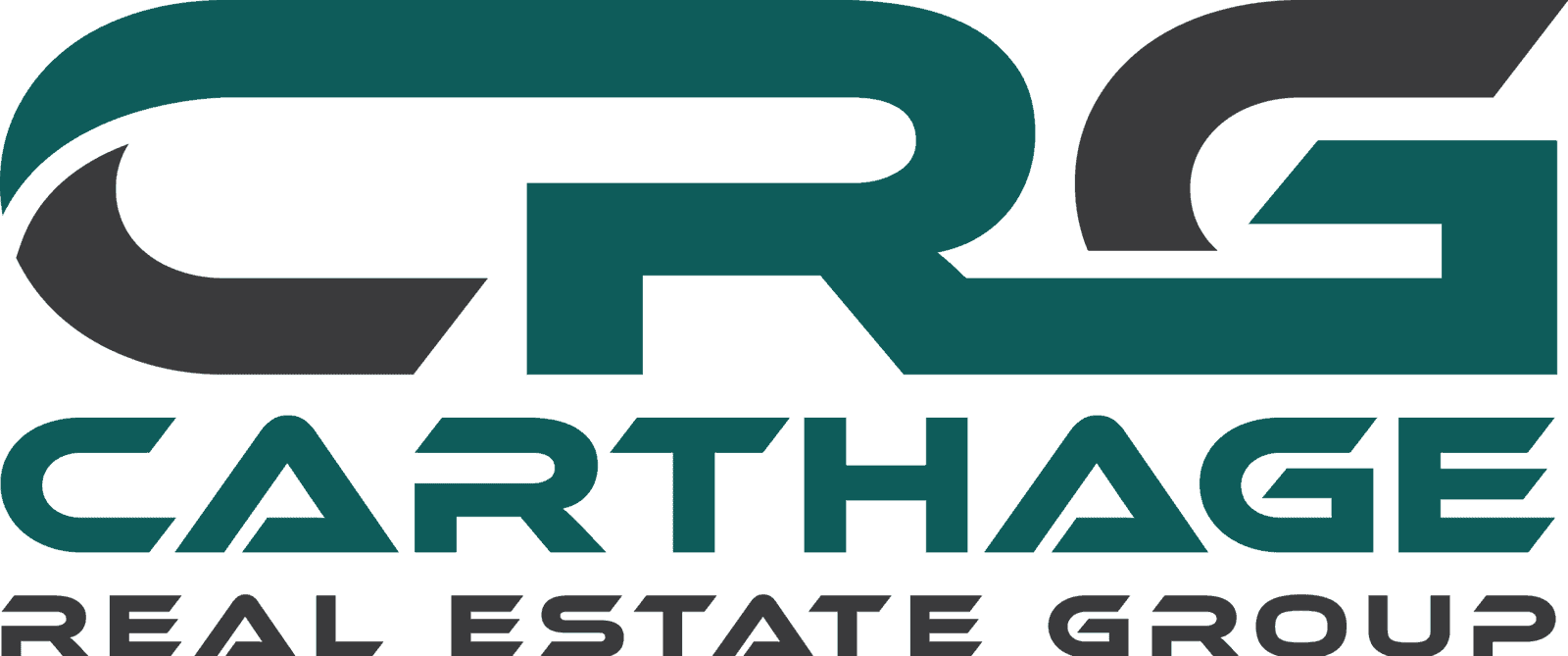Investment underwriting
Investment Underwriting for Real Estate
Underwriting requires a series of specialized skills, including Investment research & analysis, Data, Comps and market value, communication, and math skills. Our Underwriting experts typically follow following 2 phases:
- Phase I the preliminary analysis that takes place before purchase
- Phase II the final analysis during the due diligence period.

Phase I: Investment Underwriting Before Purchase
Investment insight
With financials in hand (actual or pro-forma) will then want to start crunching the numbers. What is the property’s net operating income? How much does the property generate in cash flow today vs. what will it make after property improvements? More importantly, we will want to understand how those numbers impact the potential returns. Investors often look at cash-on-cash returns. This helps provide insight as to a property’s true value.
To calculate cash-on-cash returns, use the following calculation: cash-on-cash return = annual pre-tax cash flow / total cash investment x 100%.
An alternative way to crunch the numbers is by looking at the property’s “cap rate.” This is a formula that is used to estimate the potential return an investor will make on a property. A cap rate is expressed as a percentage, usually between 3% and 20%, though it can be higher or lower. Cap rates have an inverse relationship to the property value; the more valuable the property, the lower the cap rate and vice versa. A detailed pro forma is needed to help calculate the cap rate.
- Pro forma Projections: The pro forma, usually presented in a spreadsheet format, outlines a property’s assumed income and operating expenses, projected income, debt services, Net operating income, cash flow and cash on cash return in detail. We will make sure the numbers we presented are realistic given current and potentially changing market conditions. We will want to look at the going-in occupancy rate (upon purchase) and stabilized occupancy rate (the occupancy rate assumed once value-add investments are complete). We will look to market absorption averages to project a realistic occupancy rate for the project under consideration. One common mistake investors make is not factoring an appropriate level of vacancy. Even in the strongest of markets, there will be occasions where spaces sit vacantly. In markets with exceptionally low vacancy rates, investors will want to carry at least a 5% vacancy rate in their underwriting. In markets with higher vacancy rates, carrying 10% to 15% may be more appropriate.
- Investment Analysis: Once we dig into the numbers in detail. What are the indicated return projections? Do these numbers seem reasonable relative to current market conditions and comparable projects in the area?
As a general rule of thumb, investors will want to apply a discount to the projections calculation. Our strategy is the “worst-case” scenario and assume that’s the best-case scenario for our underwriting. Can you live with the worst-case scenario returns? If not, this might not be the deal for you. Any profit generated above the worst-case scenario would be the icing on the cake for investors who ultimately decide to move forward.
- Site visits: A site visit will provide our clients with more information about the property’s condition and location.our clients will be able to observe first-hand what improvements are necessary to achieve the projected rate of return. Site visits can also help our clients differentiate between Class A, B, and C properties. Site visits are an excellent opportunity for our clients to get comfortable with the neighborhood, as well. Site visits provide information about access, proximity to amenities, local demographics, potential crime, and more. Investing in commercial real estate requires a significant capital contribution. Site visits are critical in terms of helping people become comfortable with a deal before investing.
- Comp prices: Just as someone buying a single-family home would want to know what other area homes are selling for, the same is true in commercial real estate. Our clients will look at comp prices to determine the value of the deal before them. The subject property will be evaluated relative to comparable properties in the sub-market based on several variables, including rents, occupancy, unit sizes, amenities, and others.
It can sometimes be difficult to find relevant comps depending on where the investment is located and the property type. For example, there may only be one 150,000 square foot office building in a given market. There may not be another for 10 or 15 miles, in which case the demographics or other local economic conditions may vary, thereby requiring an adjustment to the comp prices (upward or downward) based on those market-specific considerations.
Once we complete the preliminary investment underwriting, now, we can Develop the points we want to get across to our clients about the investment. The secondary step is the more detailed process.
Phase II: Investment Underwriting during due diligence period
Investment Underwriting during due diligence period
- Due diligence: Generally, in the due diligence period is the time We enter into and upon the site to study, examine and inspect all aspects of the property. Any time our client is looking at a deal, he will want to be sure the property is in full legal compliance meaning the zoning and permits in place are applicable for our client investment or needs work with the right agency.and the property financials given are accurate.
- Appraisal: Most commercial loans require the borrower to get an appraisal. An appraisal determines the value of a property based on market comps, cap rates, and net operating income. The report will be completed by a third-party selected by the underwriter. In some cases, mostly when representing a seller, we can disagree with the appraised value. After providing the proper reports then we advise our client to challenge it and request another. The lender will then usually take the average of the two appraisals.
Final Pro-forma financial analysis: The final pro forma financial analysis is perhaps one of the most critical aspects of the underwriting process. After studying the leases, financials, inspection, zoning, permits, appraisal (if applicable), cost of improvement, the final pro forma will provide more accuracy of returns that our client can expect, All numbers should be stress-tested to ensure that they hold up even if market conditions. Our client will want to take a conservative look at the final pro forma. We always advise our clients to engage a financial consultant or other advisors to help explain the deal before investing.

